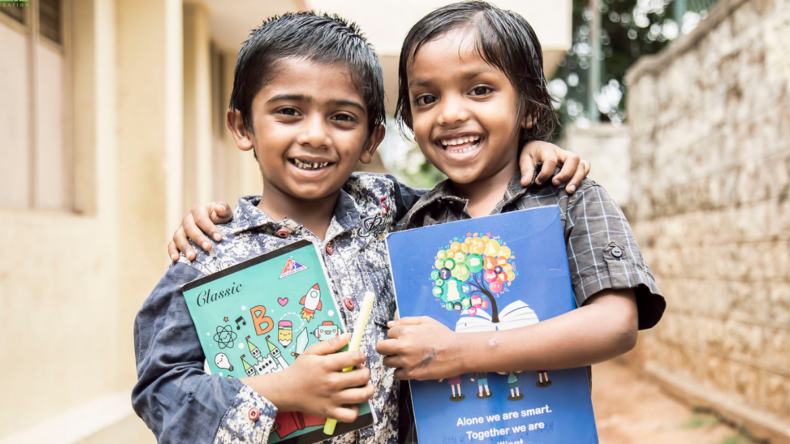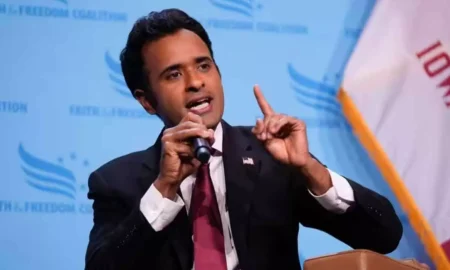N V Ramana, Chief Justice of India (CJI) while addressing students at the 40th Convention of Sri Sahitya Sai Institute of Higher learning said “Modern education system is ill-equipped to build morale and spiritual character”.
Unfortunately, the modern education system focuses on utilitarian functions of education and such a system fails to enrich moral and spiritual character, which is important for character building and the development of social consciousness and sense of responsibility, he further added.
He said, “True education imbibes moral values, virtues, discipline, selflessness, tolerance, forgiveness and mutual respect. Education must enable the student to take prompt and correct action when faced with complex situations, the CJI said, adding, “You will have to deal with people from different walks of life, that may occasionally challenge you but you need to be tolerant and stick to your moral values”
The modern Indian education system is influenced by policies enacted by the British during the colonial period. In Ancient and Medieval India, education and religion were closely woven.
Every temple had a place (known as Gurukul) where students used to gather and attain knowledge from their masters.
The subjects included religion, environment, astronomy, astrology, ethics, medicine, chemistry, biology Etc.
In the Medieval era, Gurukul’s were accompanied by Madarsas with the advent of Islam in the subcontinent.
In mid 18th century when the British (through the East India Company, EIC) got hold of Indian politics especially after the Battle of Buxar (1764), they’ve attempted to mould the traditional education system according to their interests.
Every decision of EIC w.r.t. education was influenced by vested interests. During the late 18th Century William Jones opened the Asiatic Society of Bengal to educate officials of EIC about the Indian way of life to facilitate administration.
After the enactment of the Charter Act, 1813, Company was obliged to spend a certain amount per year on English education.
Macaulay, Law member at Executive council of Governor-General said “We want Indian, who’s Indian by color and taste but British by values and ideas”.
The sole aim of the education system created by EIC was to supply youth who’s trained to fulfil the needs of British administration.
Later vernacular languages went on the back foot due to the apathy of the government and students were forced to learn English in which they were not comfortable.
The education system focused on static part than dynamic. During the Freedom struggle, Indians like Raja Ram Mohan Roy, Bal Gangadhar Tilak, Lala Lajpat Rai Etc tried to spread national education to make youth conscious.
After independence successive governments rarely focused on capacity building of students. Knowledge of students was tested by examination (which tested memory rather than knowledge).
Recently the government has taken various steps to enhance the quality of education. National Initiative for Proficiency in Reading with Understanding and Numeracy (NIPUN) Bharat was launched.
NISHIDA Programme aims to train teachers to improve outcomes at the elementary level. Ministry of Education is ranking Higher Education Institutions on the National Institutional Ranking Framework (NIRF).
NIRF assess institute on parameters like teaching quality, inclusivity, graduation outcomes which helps to create a competitive environment across educational institutions.
Shikshak Parv is launched to recognize the contribution made by teachers in the field of education. It will encourage them to engage in better practices and deliver useful pedagogy.
National Education Policy was launched last year which emphasize mother tongue (makes it easier for the student to ger understanding of a subject), activity-based learning, coding, flexible subject choice at the secondary level.
Government and Private sector must focus on skills and capacities possessed by the student rather than imposing general will.
We can allow students to drop subjects that do not interest them and learn subjects which do spark their curiosity.













